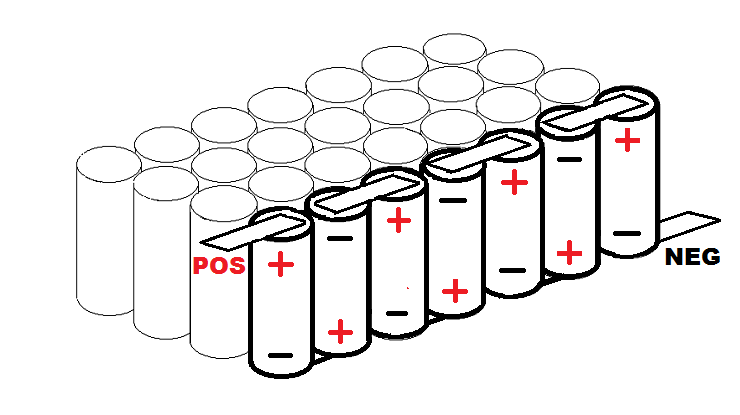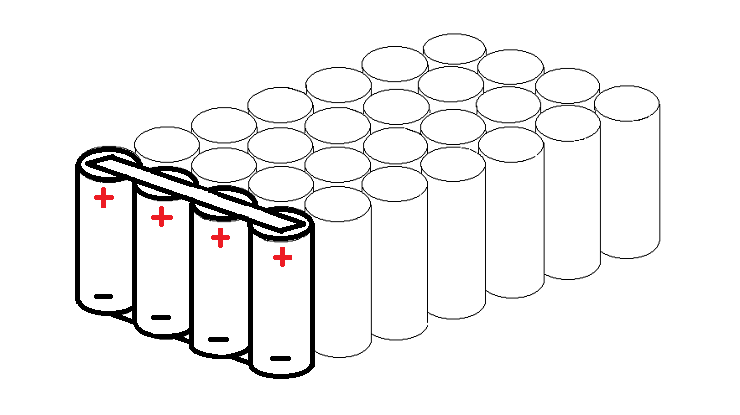With that system, it totally changes the issue, and none of the examples you've used or seen here are relevant.eMark said:NESE is nice
Since you are using that system, and I haven't, answer me this:
Within a single NESE module, is there any choice as to layout? Can you create series connections?
Or are they all parallel within a single NESE module?
If the latter, then each module acts as a single cell.
As an exercise, how about using the size modules you have, and draw out a layout / wiring design for a 14S pack, using 2 modules in parallel to double the Ah capacity.
With help from the forum if needed, should be a good learning exercise, relevant to whatever your plans may be.



